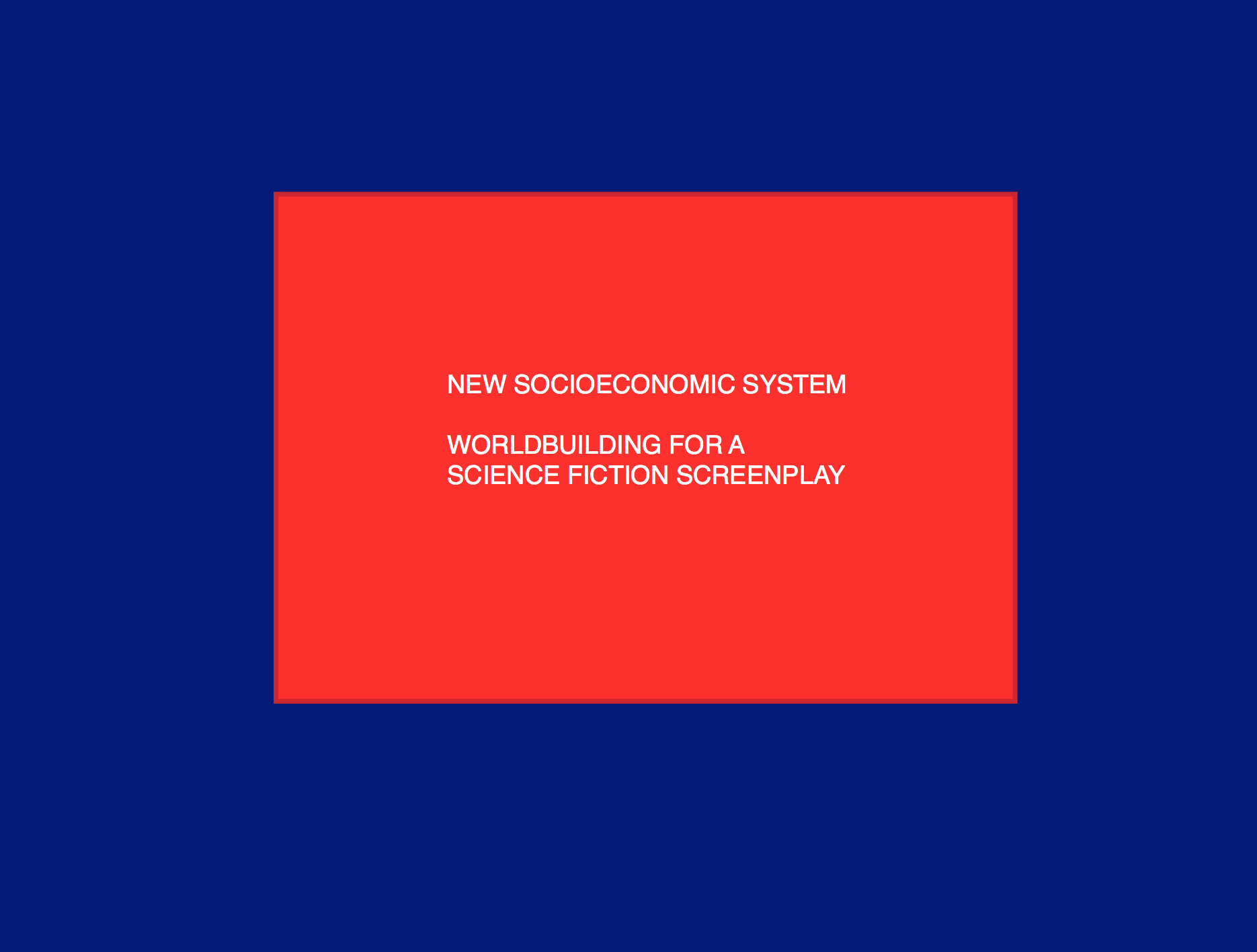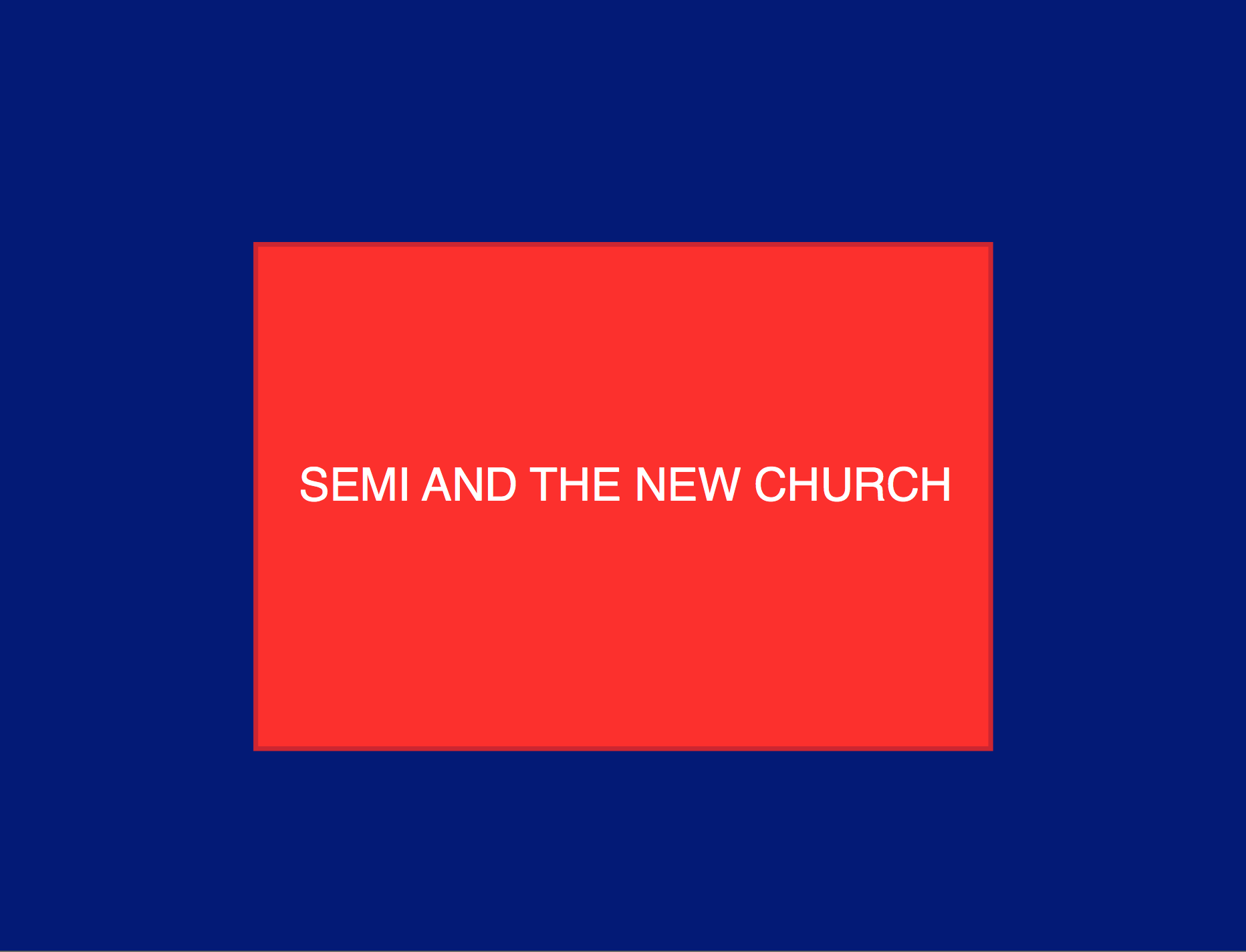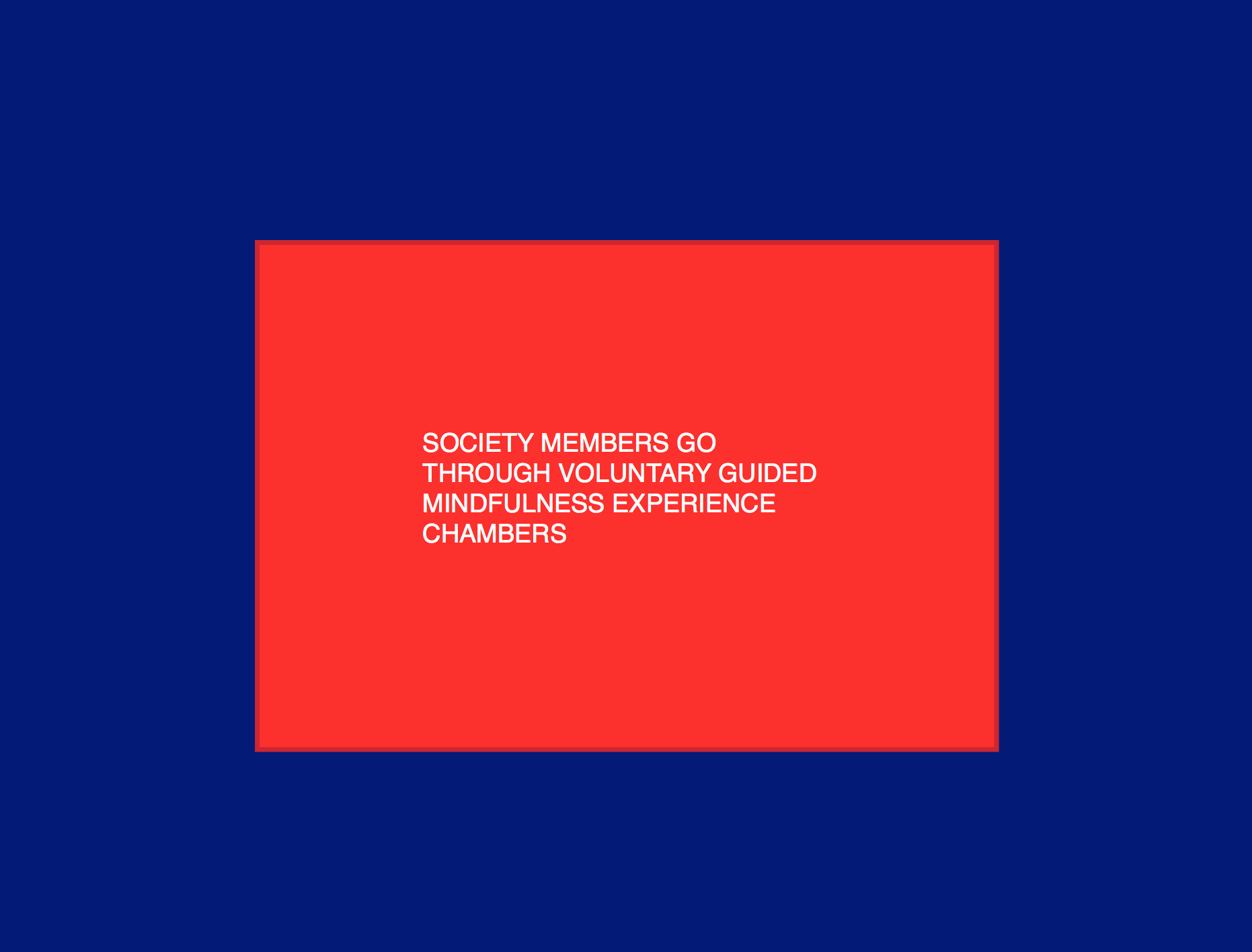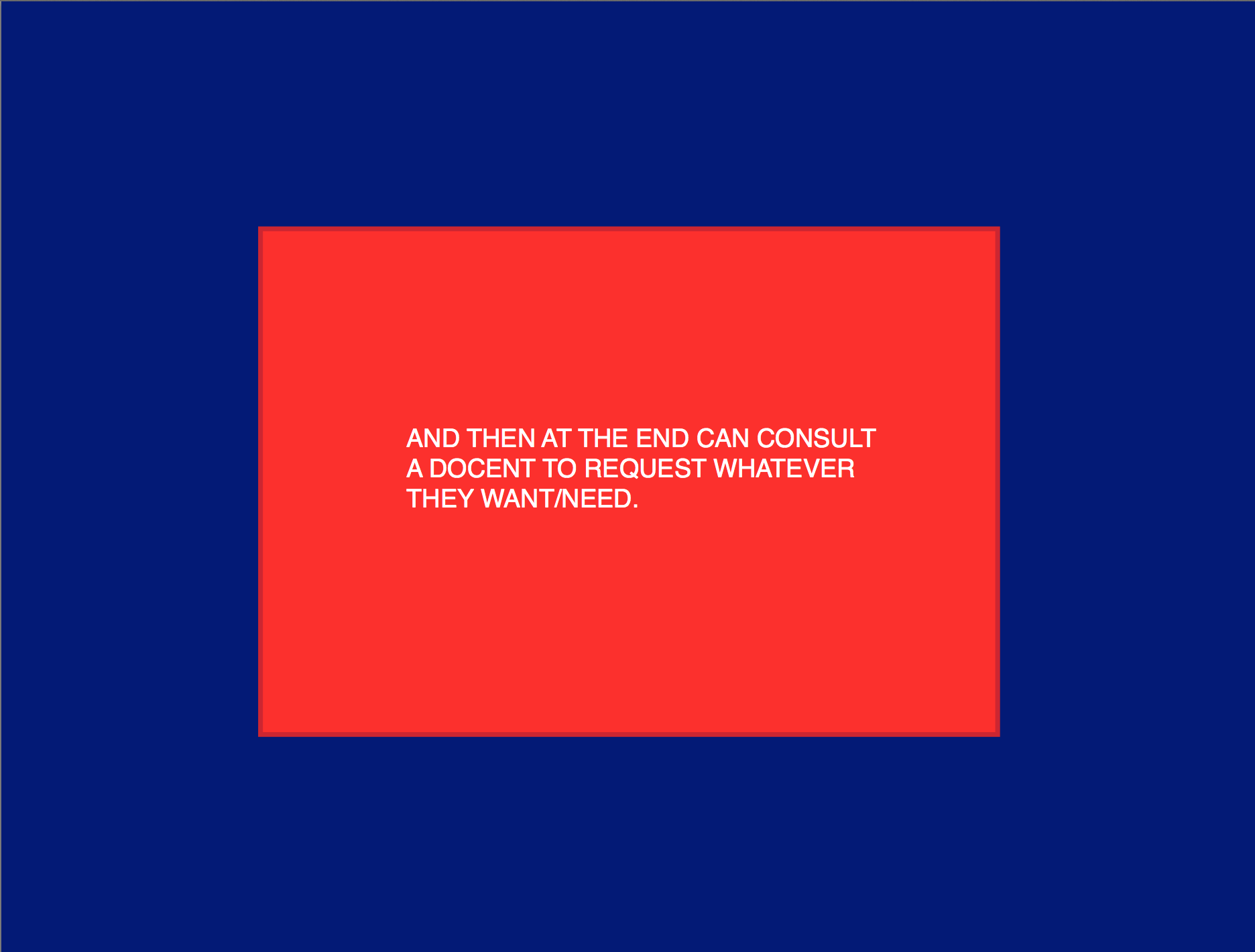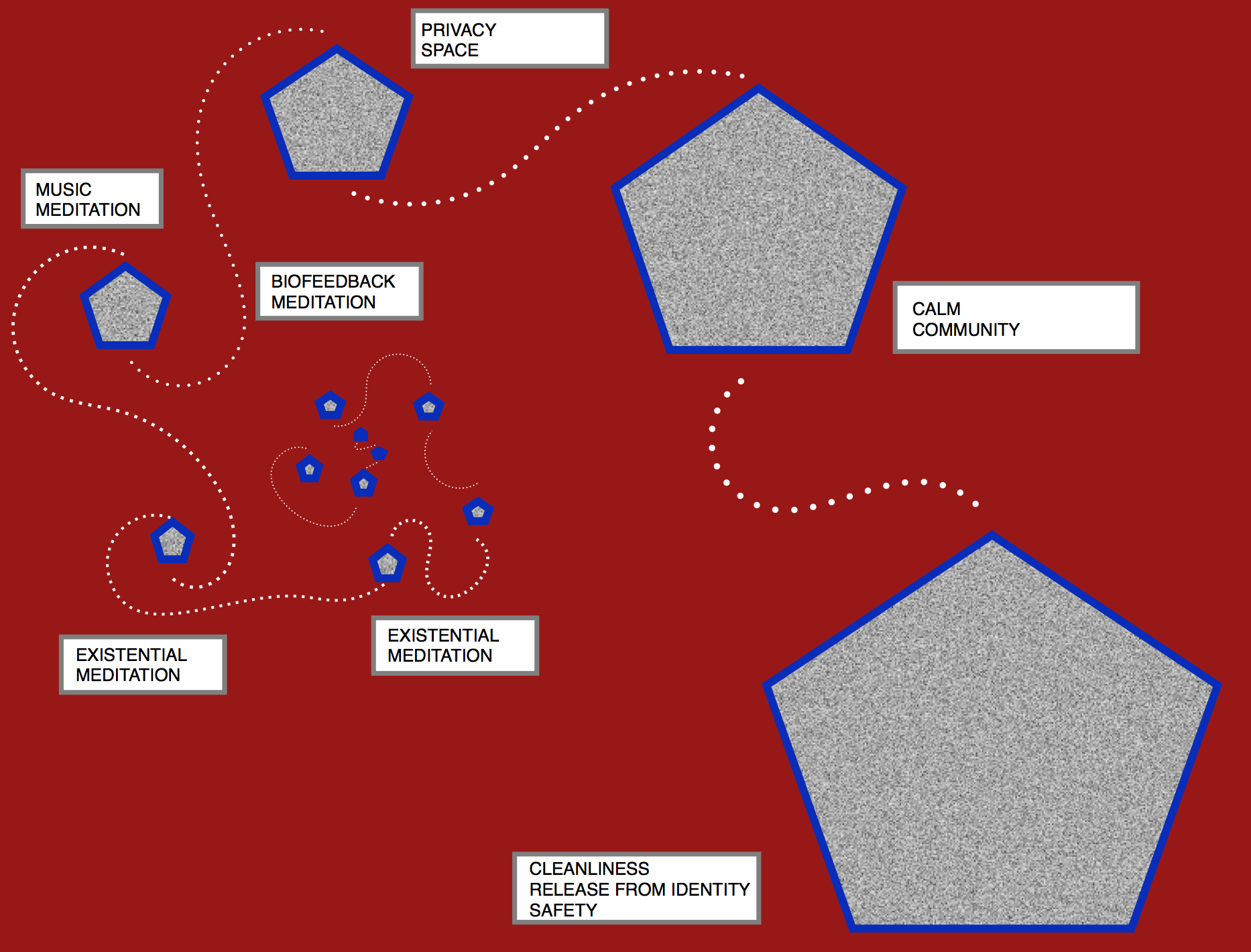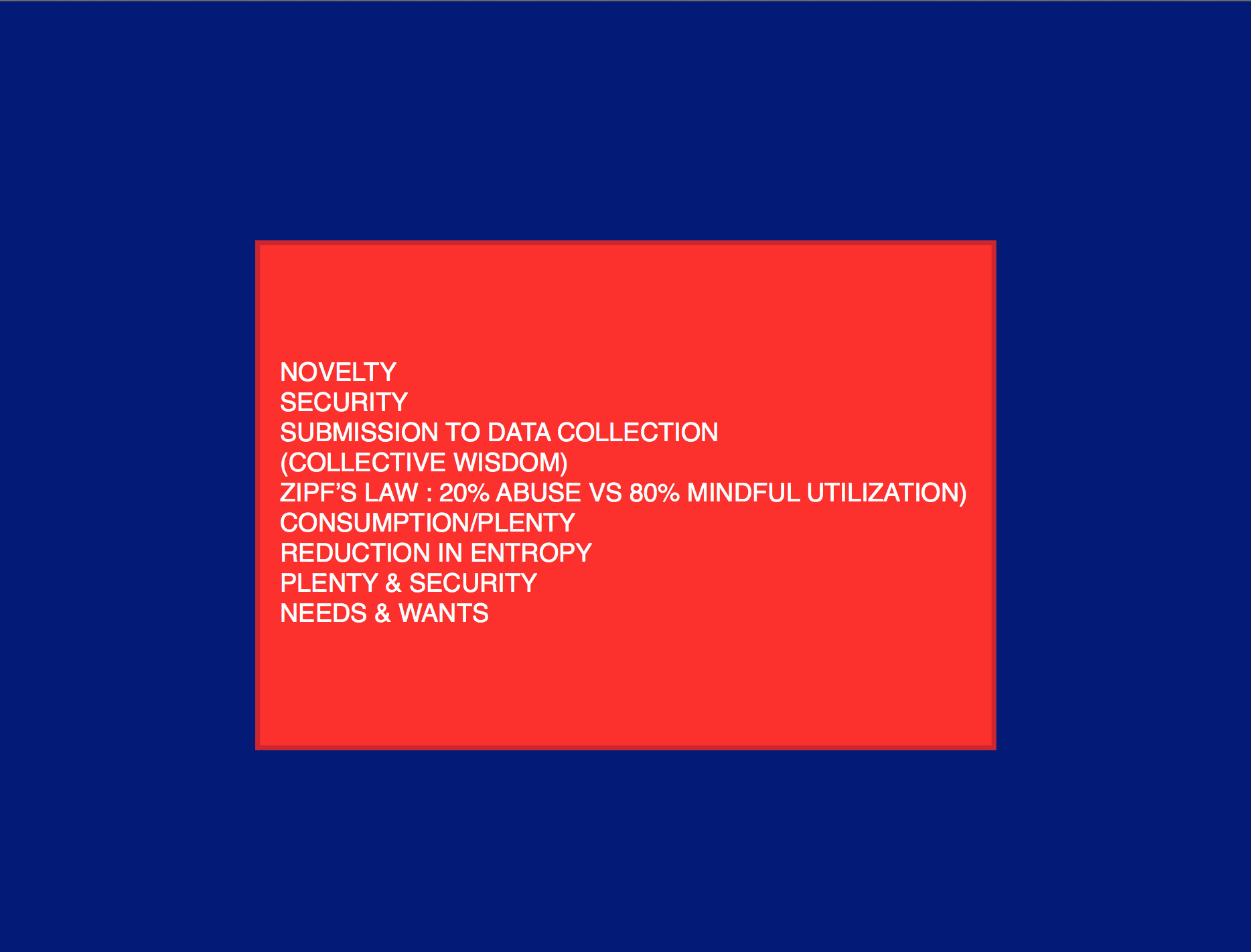This is a JSON object representing me as my family and certain basic 'values' which are closely tracked by the US government. This is a 'speculative' data architecture which I suggest likely exists or will exist soon in a similar form. In addition, I propose data objects like this will be assigned to every human being on the planet.
I presented this image as my Stratosphere of Surveillance course midterm along with my research on two projects involving the CDC, the Social Security Administration, and the International Statistics Program.
Here are the project links:
CDC, NCHS, SSA, Medicaid, Medicare, and the Renal Registry link vital statistics and health data for "poor, elderly, disabled" populations and to promote "safer, healthier, people"
http://www.cdc.gov/nchs/isp/isp_fetp.htm
"A Training Course on Civil Registration and Vital Statistics Systems" to help countries all over the world register marriage and birth statistics and international diagnosis codes (ICD10) for cause of death:
http://www.cdc.gov/nchs/data/series/sr_01/sr01_058.pdf*
*note: In roughly 200 training slides only three mentioned confidentiality of health and vital statistics as being an "ideal" concern and none were instructive on how to ensure confidentiality in practice.
These cross-agency and cross-government vital and health statistics linkage projects are vital for helping vulnerable populations. I propose that they also expose vulnerable populations to certain sociological risks.
See this enlightening quote from UNESCO on the origins of archiving and data collection for more on the connection I make between these two government projects and this combined 'portrait' of a simple yet powerful 'surveillance tool', the agencies that use it, and its subject :
The reasons why records and archives where kept where very much clear. To prove your right to the possession of a certain piece of land you needed title deeds; to determine the size of a population being governed and therefore the taxes that should be collected you required records of birth and death; to enforce government laws and regulations it was necessary to keep a record of the laws, decrees and edicts. The keeping of records and archives was therefore not a luxury but a necessity on which depended one's ability to continue to rule and to have rights and privileges. The records and archives were also preserved in order to prove the rights and privileges of those being governed.
http://www.unesco.org/webworld/ramp/html/r9008e/r9008e03.htm
It is easy to see that the form of this data object reflects its contents: a family tree. The code for 'drilling' into this data architecture is just a few lines. My overarching intention is to show how simple it is to place disparate data, once collected, into an object which can be used to create historical and predictive models of things as complex and weighty as the shape of all of humanity. There are around 5000 generations in human history. That is roughly 15 Megabytes of data per individual using this JSON as a yardstick.
Imagine if this kind of concertina'd data structure could be appended to include ancient data such as the records systematically collected by the Roman Empire. Imagine if that data, current data, and our children's data were to be collected and stored together in this data architecture for one thousand, or ten thousand years from now as current state of the art storage and processing technologies will allow. http://news.discovery.com/tech/biotechnology/dna-data-storage-lasts-thousands-of-years-150817.htm. (An interesting note also with digital DNA data storage: it cannot be accessed and read by specific indices - all of the data stored by this method must be read at once and then re-written all at once which also supports the conceptual affect of this kind of recursive object.) As sophisticated as online, mobile, and social network tracking and surveillance continues to become - this kind of basic foundational data must be organized in order to maximize more sophisticated data around the global population as different factions shift their economic stature.
This project links to other work I did in Art Kleiner's Future of New Media class in Spring 2015 and Chris Woebken and Richard The's Testing Tomorrow's class earlier in Fall 2015. This project also plays into world-building for my thesis project which is a science fiction screenplay about an AI who discovers the answer to saving humanity and biodiversity. This fiction acts as a kind of love letter to the complete faithfulness to purpose which captivated audiences in T1 + T2, as well as to the ancestral aspects of Dune (Lynch , 1985), and Neuromancer.


